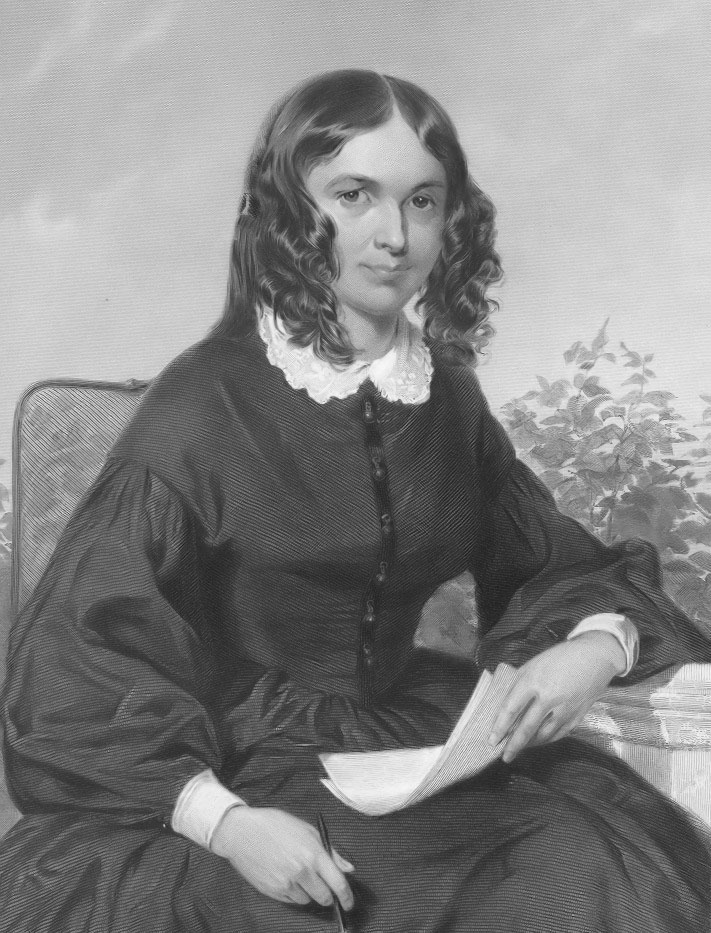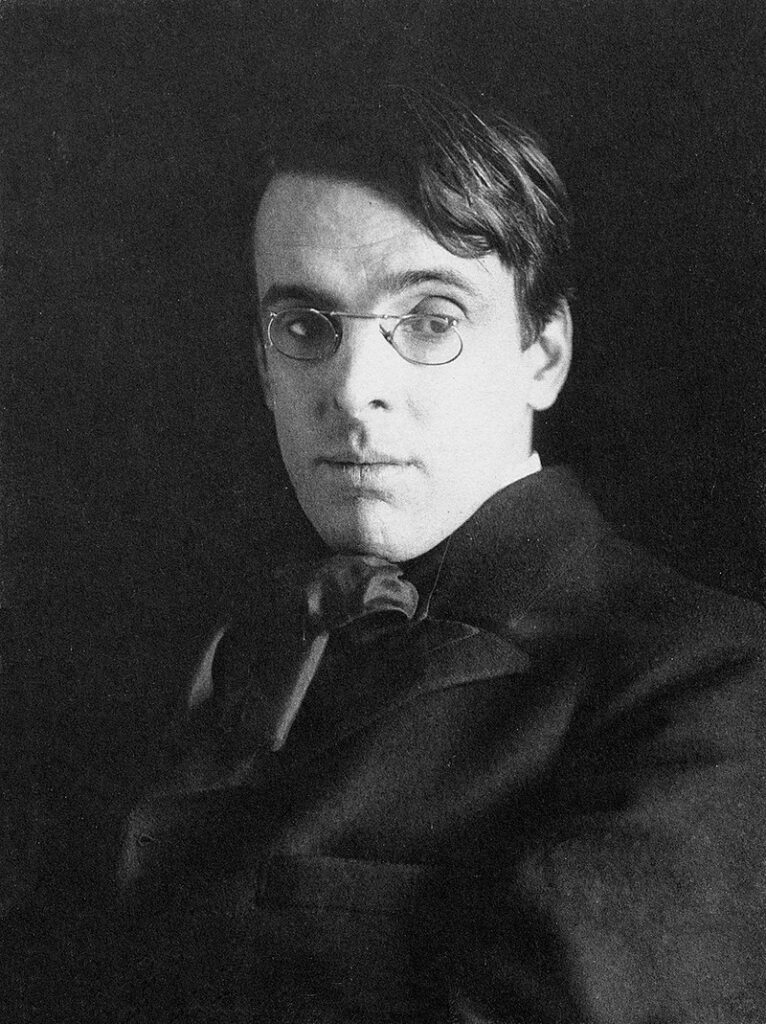Discover the 5 best romantic poems that beautifully capture the essence of love, passion, and devotion.

The Significance of Romantic Poetry
Romantic poetry emphasizes exploring deep emotional connections and the beauty of love, often delving into themes such as passion, longing, and devotion. The genre encompasses works from classic and modern poets, showcasing diverse expressions of love that resonate across different eras. Understanding the significance of romantic poetry can enhance appreciation for various literary art forms and the emotional expression they encapsulate.
Additionally, romantic poetry often reflects its time’s societal norms and values, providing historical context to the themes explored. For instance, the works of poets like William Wordsworth and John Keats not only portrayed romantic love but also intertwined the beauty of nature with emotional experiences, creating a backdrop that intensified the feelings expressed. The interplay between love and nature is a recurring motif, further enriching the poetic experience.

Poem 1: “How Do I Love Thee?” by Elizabeth Barrett Browning
This celebrated poem explores the enduring nature of love, suggesting that it transcends even death. Elizabeth Barrett Browning’s use of the sonnet form highlights her structured yet profound expression of deep emotions. The poem’s famous opening line, “How do I love thee? Let me count the ways,” sets a tone of devotion that resonates with readers even today.
The repetition of the phrase “I love thee” throughout the poem emphasizes the depth and intensity of the speaker’s feelings, creating a rhythmic cadence that draws the reader in. Browning’s personal life, particularly her passionate relationship with fellow poet Robert Browning, adds layers of meaning to the work, making it not just a declaration of love but also a reflection of her own experiences.

Poem 2: “When You Are Old” by William Butler Yeats
William Butler Yeats’ poem reflects on love’s bittersweet memories, urging the beloved to remember the unique affection shared. The simplicity and emotional depth of the poem make it a popular choice for romantic occasions, allowing readers to connect with its themes on a personal level. Nostalgia and the passage of time are central to the poem’s impact, evoking feelings of yearning that many can relate to.
Yeats’ use of direct address creates an intimate connection, inviting readers to contemplate their own experiences of love and loss. The poignant reminder to cherish true affection resonates strongly, highlighting the importance of recognizing and valuing genuine connections in life.

Poem 3: “Sonnet 116” by William Shakespeare
In “Sonnet 116,” Shakespeare defines love through negation, illustrating its unwavering nature despite challenges. The Petrarchan sonnet structure he employs emphasizes the intensity and permanence of true love, making it a timeless favorite among poetry enthusiasts. The exploration of love’s constancy is crafted with such clarity that it has become a cornerstone of romantic literature.
The poem’s famous conclusion asserts that if love can be altered or diminished, then no poet has ever written, adding a profound philosophical weight to the piece. Shakespeare’s ability to distill complex emotions into concise language showcases his mastery of the sonnet form, reinforcing why this poem remains a touchstone in discussions of love and romance.

Poem 4: “I Carry Your Heart With Me” by E.E. Cummings
E.E. Cummings’ “I Carry Your Heart With Me” features a unique literary style that combines unconventional syntax with profound sentiment. The poem conveys a sense of interconnectedness between lovers, resonating deeply with audiences seeking emotional connection. Its heartfelt tone has made it a popular choice for weddings and anniversaries, celebrating the bond between partners.
Cummings’ use of lowercase letters and unconventional punctuation reflects a modern approach to poetic form, offering a fresh perspective on traditional romantic themes. The imagery of carrying love “in my heart” symbolizes the intimate and personal nature of romantic connections, making the poem relatable and cherished by many.

Poem 5: “Love Sonnet XI” by Pablo Neruda
Pablo Neruda’s “Love Sonnet XI” features imaginative leaps and passionate imagery, capturing the complexities of love. The use of metaphor, comparing love to various elements, enhances the poem’s emotional richness and depth. This work exemplifies how modern romantic poetry can reflect contemporary themes while remaining accessible to readers.
Neruda’s ability to intertwine political and social themes with personal emotions showcases the broader human experiences of love, making his poetry resonate across cultures and generations. The vivid imagery evokes strong sensory responses, allowing readers to connect with the emotional weight of his words, thus solidifying his place among the best love poets in history.
The Lasting Impact of Romantic Poetry on Modern Literature
Romantic poetry continues to influence literature and emotional expression, highlighting its relevance in today’s world. Readers can explore a broader collection of romantic poems on platforms like Mecella, which offers a space for poetic expression and community connection. The themes of love and passion are timeless, making romantic poetry a staple in literary studies, and encouraging new generations of poets to express their own sentiments.
Exploring different styles and interpretations of romantic poetry can deepen one’s understanding of both personal and cultural expressions of love. The enduring nature of these themes ensures that romantic poetry maintains its place in contemporary literature, inspiring countless works and emotional connections. For more details and to discover heartfelt poetry, visit Mecella.
